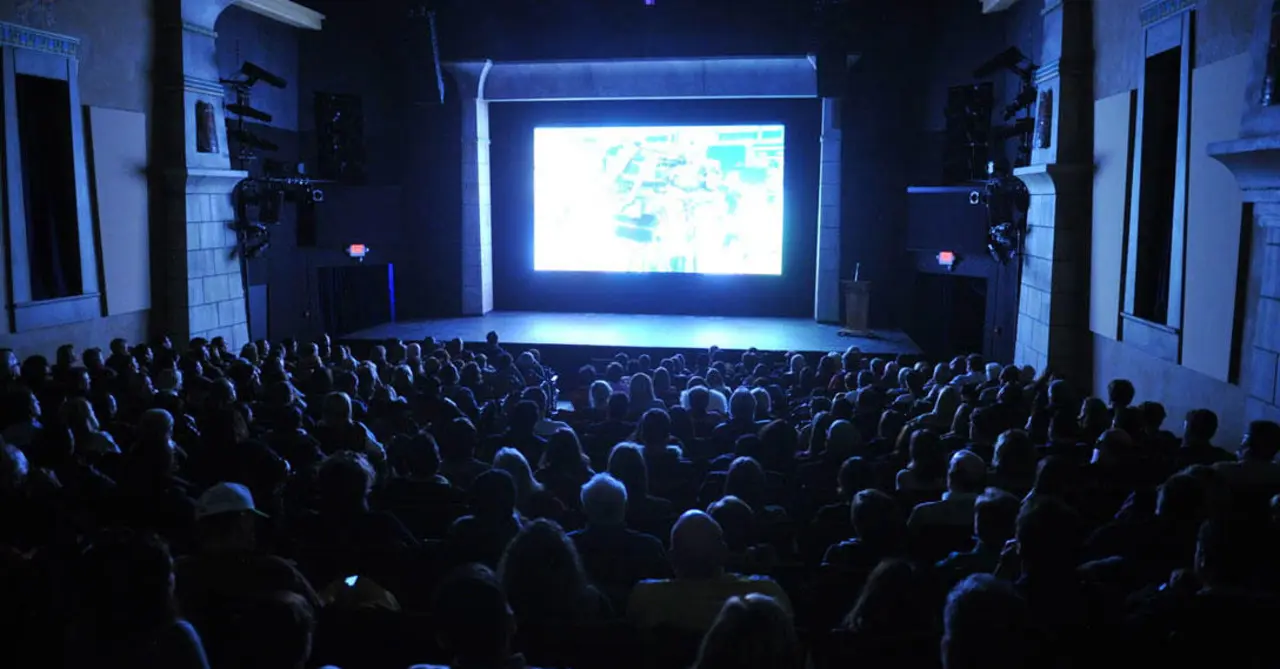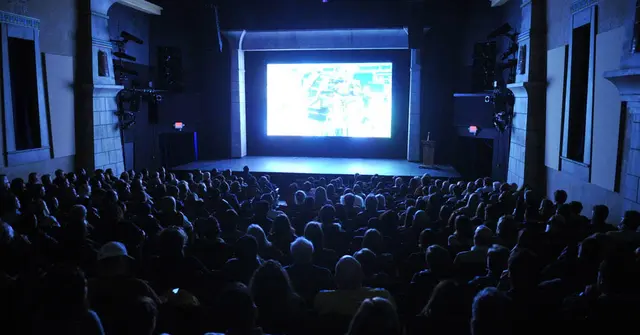Introduction to Film Budgeting
As a movie enthusiast and blogger, I've always been curious about the financial side of the film industry. One of the essential aspects of filmmaking is the budget - how much does it cost to release a movie in theaters? In this article, we'll explore the various factors and costs involved in launching a film for the big screen. So, grab some popcorn and let's dive into the world of movie budgets!
The Pre-production Phase
Before we discuss the actual budget needed to release a movie in theaters, it's important to understand the different phases in the filmmaking process. The first phase is pre-production, which involves script development, casting, location scouting, and acquiring permits. Pre-production can be costly, as it often requires hiring a scriptwriter, a casting director, and other professionals. In addition, permits for shooting on location may involve fees, and scouting for the perfect location can take time and resources.
Script Development and Rights Acquisition
During the pre-production phase, the script is the foundation of the movie. A good script can make or break a film, so it's crucial to invest in a skilled scriptwriter. Additionally, if the movie is based on an existing story or property (such as a book or comic), acquiring the rights to use the source material can be costly, depending on its popularity and demand.
Production Costs
The production phase of a film involves shooting the movie, and it's often the most expensive part of the process. Production costs can include paying the cast and crew, renting equipment, building sets, and purchasing costumes and props. The budget for production can vary greatly depending on the film's genre, scale, and the talent involved. For example, a big-budget action movie with A-list actors will have much higher production costs than a small, independent drama.
Cast and Crew Salaries
One of the most significant expenses in the production phase is the salaries of the cast and crew. A-list actors can command millions of dollars per film, while the salaries of directors, producers, and other key crew members can also add up quickly. Even smaller roles and background actors need to be paid, contributing to the overall budget.
Visual Effects and Special Effects
In today's modern filmmaking world, visual effects (VFX) and special effects (SFX) can play a significant role in a movie's budget. Blockbuster films like superhero movies and science fiction epics often require extensive VFX work, which can be very expensive. Smaller films may still require practical SFX, such as artificial blood or pyrotechnics, which can also add to the budget.
Post-production Expenses
Once the movie has been shot, it moves into the post-production phase. This involves editing, adding music and sound effects, color grading, and any additional VFX work. Post-production professionals, such as editors, sound designers, and composers, need to be paid for their services, which can add to the overall budget.
Marketing and Promotion
Before a movie can be released in theaters, a significant amount of marketing and promotion is needed to generate interest and build anticipation for the film. This can include creating trailers, posters, and other promotional materials, as well as organizing press events and premieres. Marketing budgets can vary greatly depending on the size and scope of the film, with larger movies often spending tens of millions of dollars on promotion.
Distribution and Theater Release
The final step in the process is distributing the film to theaters and releasing it to the public. This can involve striking deals with theater chains and negotiating revenue splits, as well as coordinating the physical delivery of the movie to theaters. There are also fees associated with obtaining a film's rating from organizations like the MPAA, which is necessary for a wide release in theaters.
Conclusion: The Overall Budget
So, how much budget does it take to release a movie in theaters? The answer can vary greatly depending on the size, scope, and genre of the film. A small, independent film might have a budget of under $1 million, while a blockbuster Hollywood movie can have a budget of $200 million or more. Ultimately, the budget required to release a movie in theaters involves many factors and costs, from pre-production through distribution. As a movie lover, it's fascinating to see how all these elements come together to create the films we enjoy on the big screen.


